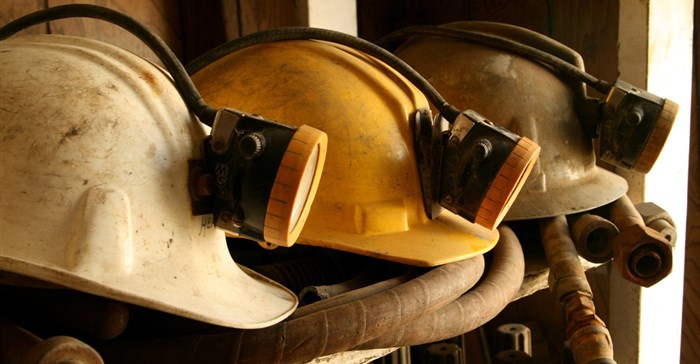
“By working together, we can do better as a sector,” the minister told the Joburg Indaba, held virtually this October, in his keynote address.
He cites the cooperation between stakeholders during the Covid-19 pandemic and lockdown in 2020 as evidence for this.
“We came up with protocols to keep the mining and energy sectors operational during the nationwide lockdown,” he says.
The result of this is the sector has weathered the Covid-19 pandemic induced economic challenges.
“Whilst many sectors were forced to shed jobs, the mining sector remained resilient and mineworkers keep their jobs,” he says.
The sector also increased its contribution to the country’s GDP from around 8.1% pre-Covid-19 (2019) to around 9.1% in the second quarter of 2021.
“We welcome the one percent improvement, and we must sustain this relationship to ensure that we further increase the sectors contribution to the GDP to around 12%,” says Mantashe.
Addressing transformation of the mining sector, the minister says the Department of Minerals Resources and Energy (DMRE) will not necessarily appeal the recent High Court judgement on the Mining Charter.
Mantashe confirmed that following the judgement a meeting was convened with the industry to map up a way forward.
“We agreed in principle to continue with the objective of transforming the mining industry, and that the Charter remains the necessary tool at our disposal to drive transformation,” he says.
“I am certain that the court judgement on the Mining Charter will remove any uncertainty on policy and any doubt on investing in the South African mining industry,” the minister adds.
The minister confirmed that the development of an exploration strategy for the mining industry has been completed and is ready to be tabled in the Cabinet for approval.
“The strategy is aimed at securing at least five percent of the global share of exploration expenditure in the next five years,” he says.
Government will push to invest in exploration and work in partnership with private institutions.
The department is in the process of integrating the geoscience information to the country’s cadastral system. This features mining rights locations and will be available to all investors by just a click of a button.
The process to update the mining application system to a more modern and user-friendly cadastral system has also started.
“The process to procure this system is at an advanced stage. We will soon make an announcement on this matter,” says Mantashe.
To resolve the energy and infrastructure issues hampering the industry, government has amended Schedule 2 of the Electricity Regulation Act to increase embedded generation to 100 megawatts without the need for a license.
Mining companies can now generate energy for their own use.
The department is working to deliver a total of 16,313 megawatts of energy, from mixed energy sources.
“We are working on finalising the addition of about 2,000 megawatts of energy through the Risk Mitigation Independent Power Producer Procurement Programme (RMIPPPP),” says the minister.
He expects this energy to be connected to the grid with 18 months post the finalisation of the procurement processes.
Government has also opened Bid Window 5 of the Renewable Energy Independent Power Producer Procurement Programme (REIPPPP).
“With this programme, we intend to add 2,600 megawatts of new generation capacity from wind and solar PV projects,” Mantashe says.
The Integrated Resource Plan (IRP) 2019 envisages that by 2030, South Africa would have moved from about 75% of coal fired energy generation to less than 60% and renewable energy would have increased to about 18%.
“It means over the next nine years, there will be a gradual shift from coal fired energy generation to clean energy as part of our just transition from high carbon emissions to low carbon emissions whilst ensuring that we don’t plunge our country into darkness,” he says.
